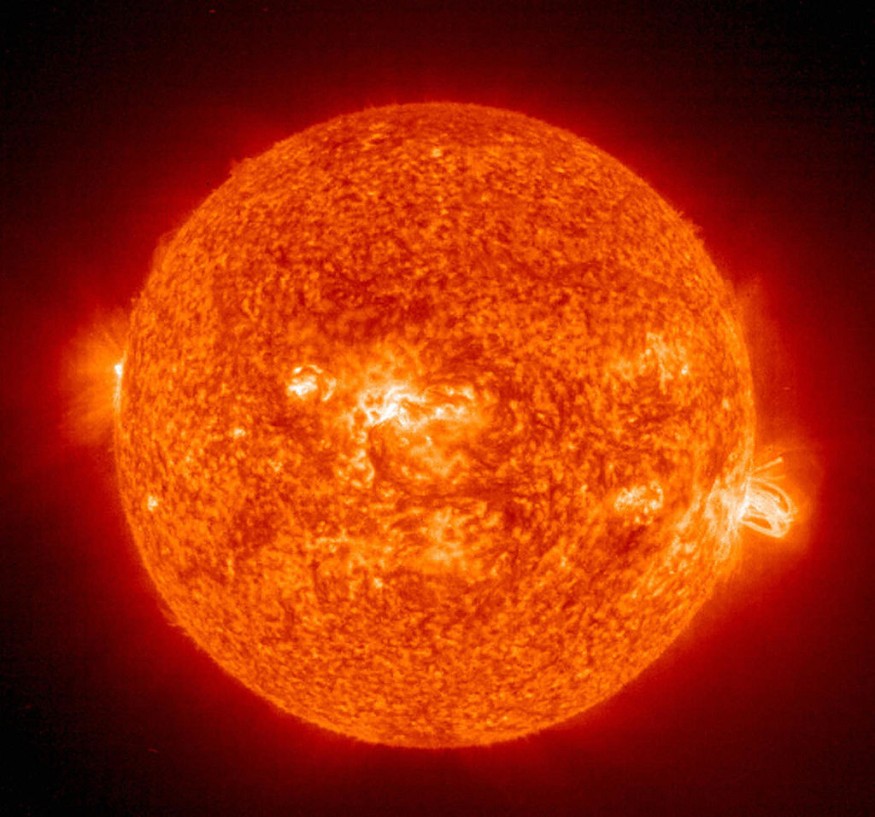A solar storm alert has been issued by astronomers after a massive explosion occurred on the far side of the Sun last week, releasing an X-class solar flare with a reported power similar to billion hydrogen bombs.
The approaching space weather event could result in a geomagnetic storm and radio blackout in the coming hours and days, disrupting both radio and satellite communications.
In 2022, multiple solar storms in the form of either solar flares or coronal mass ejections (CMEs) have released space weather hazards like magnetic storms, radio blackouts, or radiation storms.
Some of these hazards had struck Earth, disrupting the Blue Planet's magnetosphere, causing aurora borealis, and resulting in reported blackouts in Asia, Europe, and Australia.
Powerful X-Class Flare

Earth could be in the trajectory of the approaching solar storm after our solar system's only star emitted an X-class flare, prompting astronomers to issue warnings similar to "Star Trek," according to the Daily Star.
Major disruption may include continentwide power blackouts as a result.
The source reported that the said solar storm is one of the most powerful the Sun can produce and only missed Earth, in terms of a universe scale.
However, the area on the Sun's surface responsible for the blast could soon towards our planet again.
The UK newspaper on Monday, January 9, also cited a warning from a former astronomer at the National Aeronautics and Space Administration (NASA) that there is a "good chance" of explosions in the coming days.
What are Solar Flares?
According to NASA, a solar flare is an immense "burst of radiation" which emanates from emitted magnetic energy linked with sunspots.
The US space agency also emphasized flares are our solar system's strongest explosive events and they can last from minutes to hours.
One can typically observe a solar flare through the photons or light it releases, and the main ways astronomers monitor flares are through x-rays and optical light.
In modern history, the most powerful solar flare recorded was an X28 flare accompanied by a CME in 2003, according to the European Space Agency (ESA).
The "X-class" category is the most powerful type among a five-tier scale: A, B, C, M, and X, with A being the weakest.
Class X solar flares can interfere with radio frequencies, global positioning systems (GPS), and even power grids just like other solar storms, according to the Space Weather Prediction Center (SWPC).
Solar Cycle 25
In recent years, astronomers and other experts in the field have predicted that solar storms are likely to increase in the short-term future.
The intensifying solar activity is due to the phase of the current Solar Cycle 25, which started in December 2019 as it solar minimum with its solar maximum to continue until around the year 2030.
The transition of solar cycles is every 11 years since extensive recording of sunspot activity started in 1755.
NASA, ESA, and other space agencies worldwide also monitor such solar phenomenon.
© 2025 NatureWorldNews.com All rights reserved. Do not reproduce without permission.




